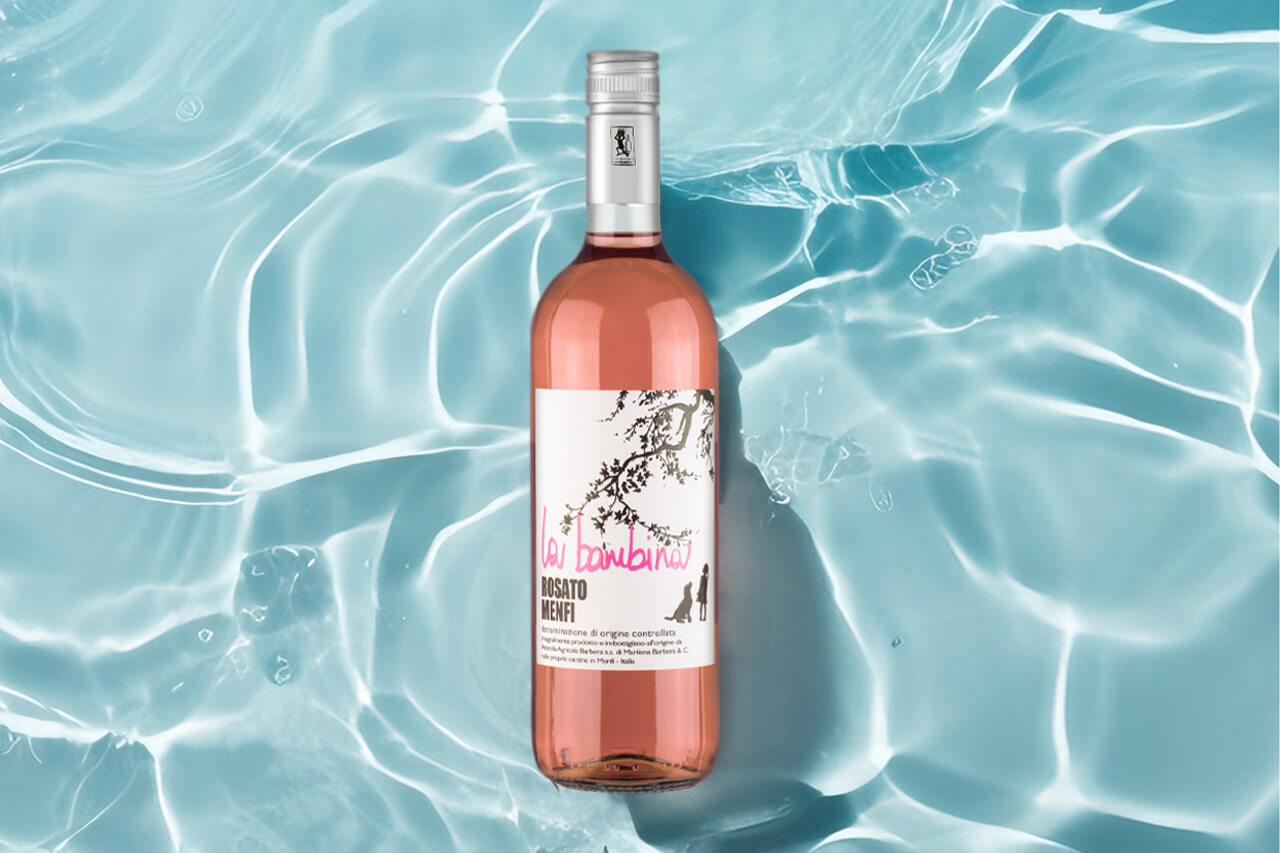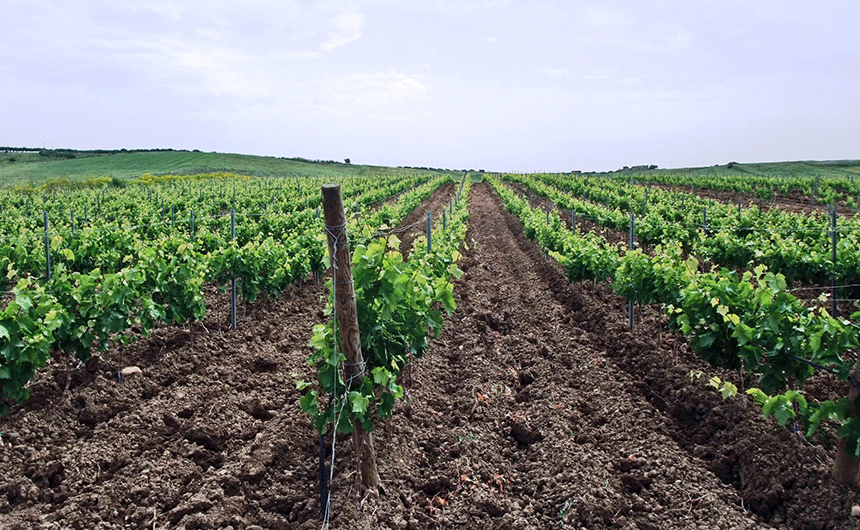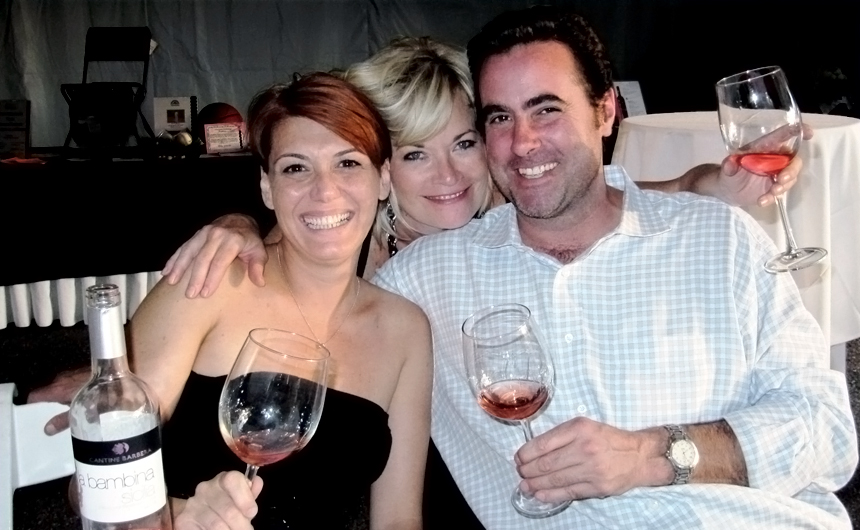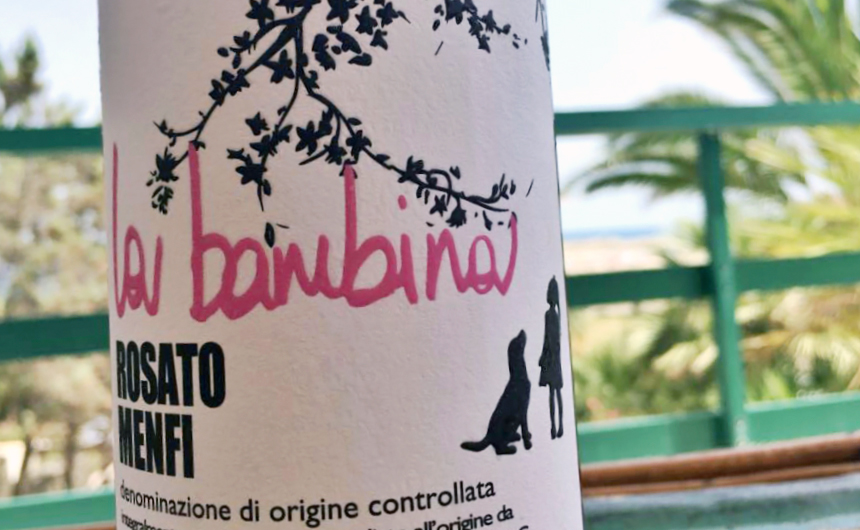
LA BAMBINA
ROSATO MENFI DOC
La Bambina is dedicated to strong women, to their power and energy, to their tireless motivation in fighting for their beliefs, to their talent for problem solving despite difficulties and complications.
It's the wine that I made against all advises that there was no future for such a rosé in the market and beyond expectation, at the winery and outside.
It is a pleasant expression of Nero d’Avola, which grapes are harvested at night to preserve their freshest aromas, and to give birth to a very exciting wine that reflects the personality of Menfi's terroir.




















